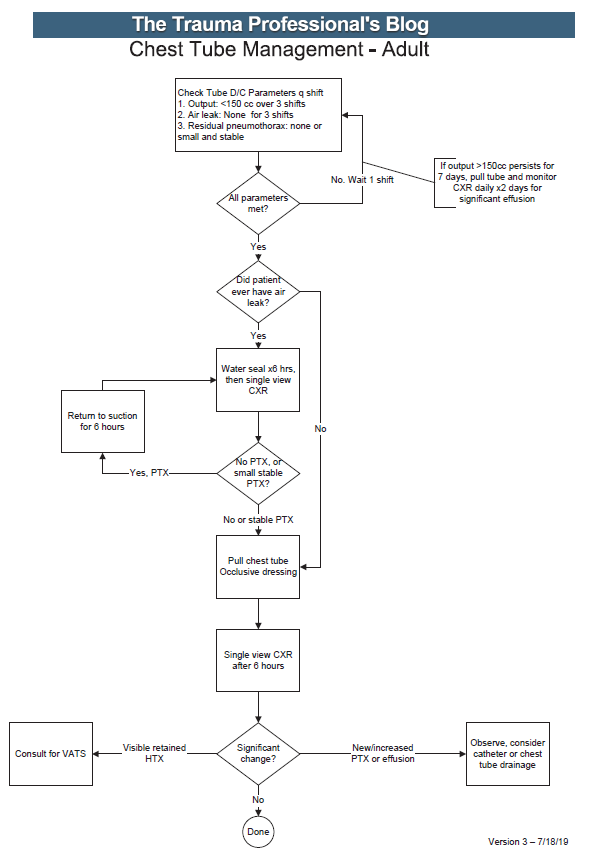In my previous post, I reviewed recommendations from an Austrian consensus panel addressing patients with TBI on anticoagulants of various types. In this one, I’ll share their statements on coagulation tests and target levels for reversal of the different agents.
Q1. Are platelet function tests capable of detecting and/or ruling out the presence of a platelet inhibitor?
Answer: The three commonly used tests (PFA, Multiplate, and VerifyNow) can detect or rule out the presence of these drugs.
They can also determine whether the amount of platelet inhibition is within therapeutic range for the drug. But they cannot predict if someone with high inhibition will actually bleed, or if a patient with low inhibition will not. And knowing that they have a platelet inhibitor on board probably doesn’t help much because there is not much we can do to reverse them (see next post).
Q2. What is the goal INR after reversing Vitamin K antagonists?
Answer: The INR target value should be < 1.5
This recommendation is not supported by great data. We know that as INR rises above 2, the odds of bleeding in TBI increases by 2.6x. But we don’t now exactly how low it needs to be to ensure no more bleeding occurs. And this probably depends on what is actually bleeding. A subarachnoid hemorrhage probably wouldn’t bleed much at any reasonable INR. A subdural (torn bridging veins) is more likely to at lower INR values. And an epidural (middle meningeal artery laceration) remains at high risk at any INR.
Using related literature, the goal INR is all over the place. So choose a number somewhere around 1.5 and use it. And remember, 4-factor prothrombin complex concentrate (PCC) can bring the INR down below that level, but plasma cannot (see my post What’s The INR Of FFP?)
Q3. Should I use standard coagulation tests (PT, PTT) to detect or rule out direct oral anticoulants (DOACs)
Answer: No
Standard assays like PT and PTT are unreliable with these drugs.
Q4. What test can be used to rule out the direct thrombin inhibitor dabigatran?
Answer: A negative thrombin time (TT) rules out any residual dabigatran anticoagulation.
Of course, this assumes that you know the patient is taking it!
Q5. What test should be used to rule out Factor Xa inhibitors?
Answer: Measuring anti-Factor Xa levels can rule these agents out if calibrated to low molecular weight heparin or the particular -xaban in use.
The major problem is that this is a very specialized test and is not available at all hospitals or at all hours. And it takes some time to run. So the practical answer is really “none.”
In my next post, I’ll review the panel’s recommendations for actual reversal of the various anticoagulant medications.
Reference: Diagnostic and therapeutic approach in adult patients with traumatic brain injury receiving oral anticoagulant therapy: an Austrian interdisciplinary consensus statement. Crit Care 23:62, 2019.


